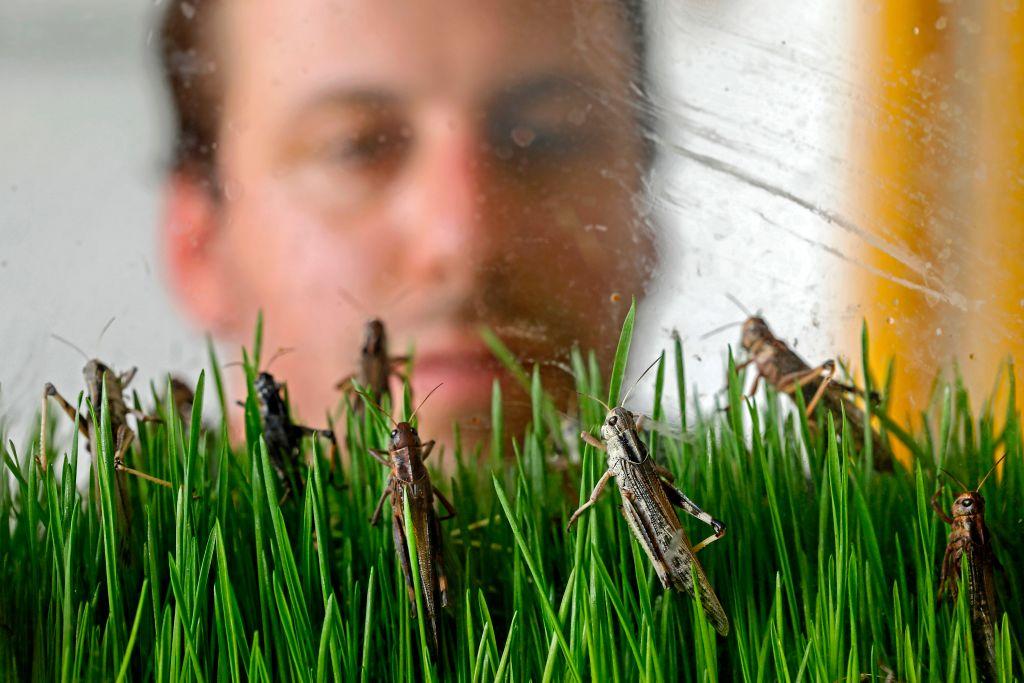Making a meal out of bugs is at the top of many people’s “yuck” factor—as edible protein supplements made from crawling locusts, buzzing flies, and hopping crickets aren’t mainstream in Western cultures.
Nevertheless, some advocates of sustainable farming have found a way around this stigma by using insect protein in livestock feed.





